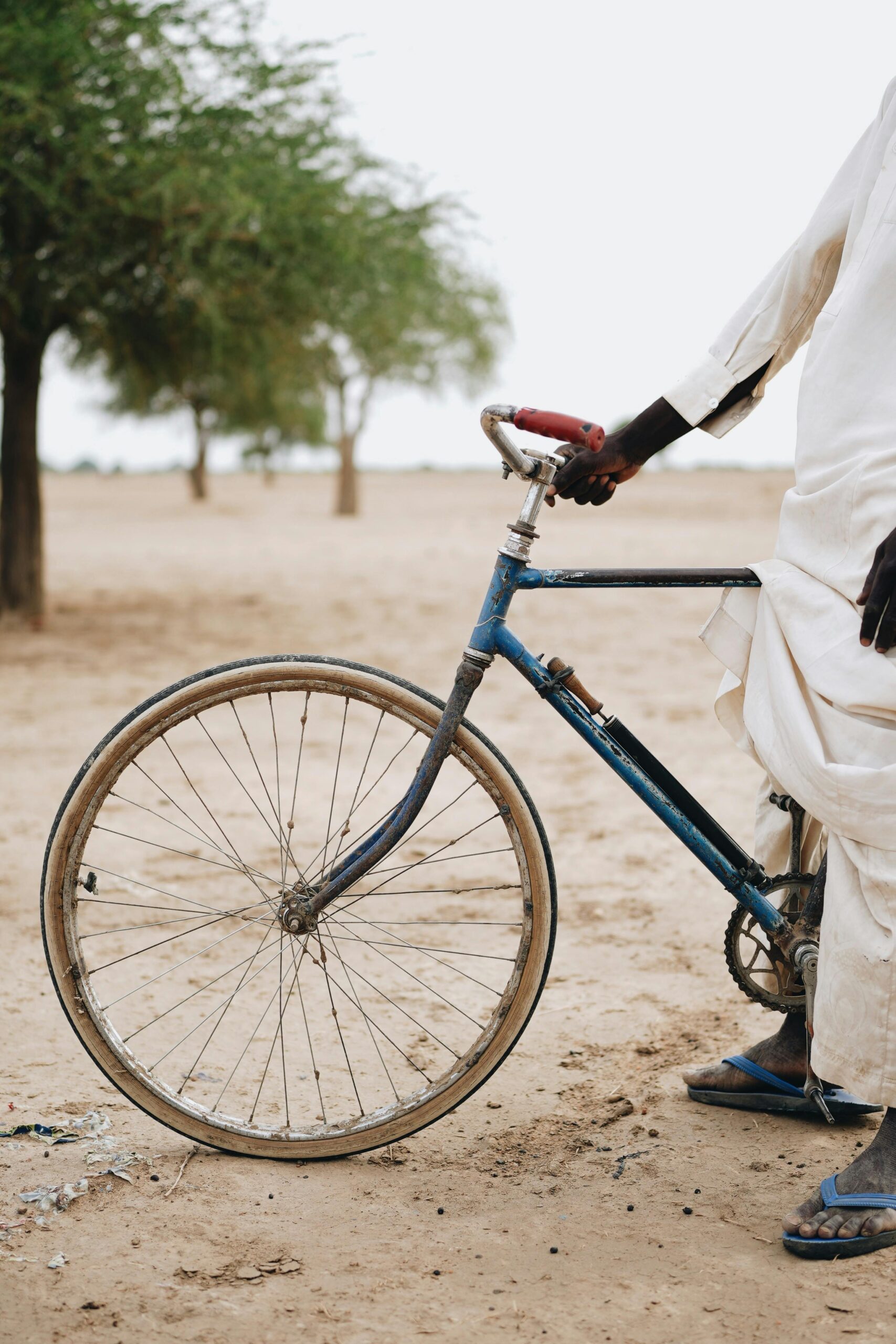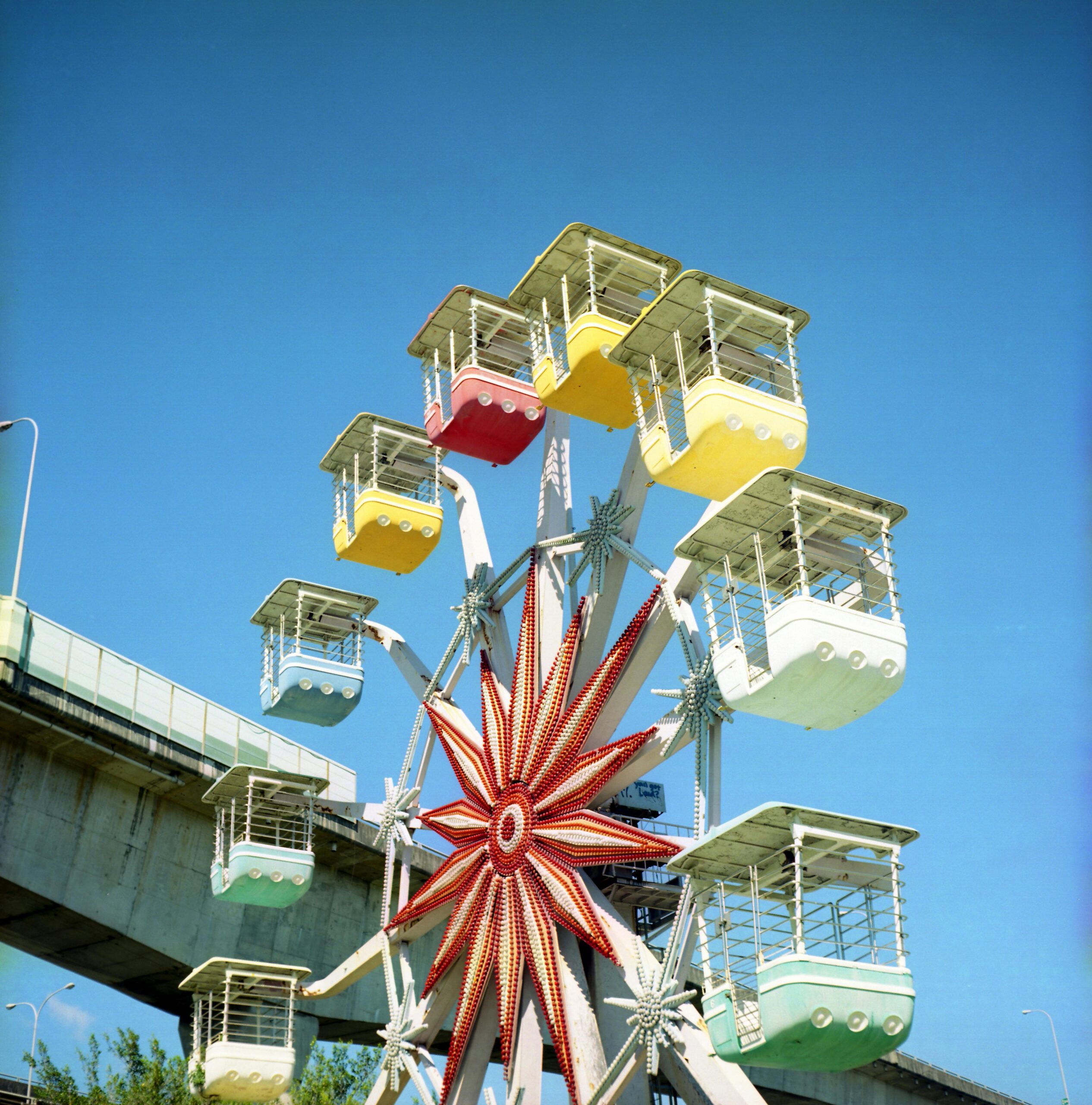In the world of skating and skateboarding, wheel hardness plays a crucial role in determining how smooth or rough your ride will be. The durometer, which measures wheel hardness, can significantly impact how your wheels grip different surfaces and absorb shocks. A softer wheel may provide a more cushioned, comfortable experience, ideal for cruising over rough terrains or streets. On the other hand, harder wheels often deliver faster speeds and improved control on smoother surfaces, making them perfect for tricks and skate park use. Understanding the significance of wheel hardness can help you make informed decisions to enhance your performance and enjoyment on your wheels. Have you ever wondered why some skateboards glide so smoothly while others seem to vibrate over every pebble? Or why a particular pair of rollerblades gives you more control when carving through turns? The answer lies in the wheel hardness. Understanding wheel hardness and its implications can make a significant difference in your riding experience.
What is Wheel Hardness?
Wheel hardness, also known as “durometer,” measures how soft or hard a skateboard, rollerblade, or scooter wheel is. This characteristic affects not only how the wheel feels against the pavement but also how it performs in various riding styles and environments.
How is Wheel Hardness Measured?
Wheel hardness is typically measured using the Durometer A scale for softer wheels and the Durometer D scale for harder wheels. Skateboard and rollerblade wheels usually fall within the Durometer A range, ranging from about 70A to 100A. A higher number indicates a harder wheel, whereas a lower number means a softer wheel.
| Hardness (Durometer A) | Characteristic | Suitable For |
|---|---|---|
| 70-80A | Very Soft | Rough terrains, shock absorption |
| 81-87A | Soft | Casual cruising, longboards |
| 88-95A | Medium | Versatile, suitable for mixed surfaces |
| 96-100A | Hard | Smooth surfaces, street skating |
| Above 100A | Very Hard | Specialized racing or competitive skating |
Why Does Wheel Hardness Matter?
Wheel hardness significantly influences your ride’s quality, comfort, and performance. Whether you’re a casual rider or an experienced skater, knowing the hardness of your wheels can help you make informed choices tailored to your riding style.
Comfort and Shock Absorption
Softer wheels (70A-87A) provide excellent shock absorption, making them perfect for cruising or riding on rough terrains. They can cushion bumps and cracks on the road, giving you a smoother ride. However, these wheels wear out faster and may not offer the best performance on smooth surfaces.
Speed and Grip
Harder wheels (88A-100A) excel in speed and offer minimal rolling resistance, which translates to a faster ride. They also provide better grip on smooth surfaces but can be unforgiving on rough terrain. These wheels are ideal for street skating and technical tricks, where precision and performance are crucial.
Durability and Longevity
Harder wheels tend to be more durable and long-lasting compared to their softer counterparts. They can withstand frequent use and maintain their shape and performance over time. On the flip side, softer wheels, though comfortable, may deteriorate faster due to their pliability and higher rolling resistance.

Types of Riding and Their Ideal Wheel Hardness
Different types of skating and riding demand different wheel hardness levels. Understanding this can help you select the best wheels suited to your specific needs.
Street Skating
Street skating involves technical tricks, jumps, and maneuvers usually performed on concrete or asphalt. Harder wheels (95-100A) are generally preferred for this type of skating as they offer better speed, control, and durability on hard, smooth surfaces.
Park Skating
Park skating features ramps, bowls, and various obstacles found in skateparks. Similar to street skating, harder wheels (90-100A) are suitable. However, some skaters may opt for slightly softer wheels (85-95A) for better grip and control.
Longboarding and Cruising
For longboarding and casual cruising, comfort is key. Softer wheels (70-87A) provide the much-needed cushion against rough surfaces, making the ride enjoyable and smooth. These wheels are also perfect for downhill longboarding due to their excellent grip and shock absorption.
Rollerblading
In rollerblading, the type of skating plays a crucial role in choosing wheel hardness. For aggressive skating, harder wheels (88-92A) are a go-to for better performance on ramps and street obstacles. Recreational or fitness skaters might prefer medium hardness (80-85A) for a balanced experience of comfort and speed.
| Activity | Recommended Hardness (Durometer A) | Notes |
|---|---|---|
| Street Skating | 95-100A | Better speed and control |
| Park Skating | 85-100A (85-95A for grip) | Balanced grip and control |
| Longboarding & Cruising | 70-87A | Maximum comfort |
| Rollerblading | Aggressive: 88-92A, Fitness: 80-85A | Aggressive for performance, fitness for balance |
Factors Influencing Wheel Hardness Choice
While the type of skating is a significant factor in choosing wheel hardness, other elements can also play a role in your decision.
Rider’s Weight
Heavier riders may prefer harder wheels as they provide better support and durability. Softer wheels might compress too much under heavier weight, leading to faster wear and less efficient performance.
Surface and Environment
The terrain you’ll be riding on plays a big role. Rough or uneven surfaces benefit from softer wheels, while smooth pavements and skateparks are better suited for harder wheels. Moreover, indoor and outdoor conditions can also influence your choice. Indoor rinks can handle harder wheels, while outdoor paths might require a bit more softness for shock absorption.
Personal Preference
Ultimately, personal experience and preferences should guide your choice. Some riders like the cushy feel of softer wheels, whereas others prioritize speed and durability. Experimenting with different wheel hardness can help you discover what works best for you.

Pros and Cons of Different Wheel Hardness Levels
Understanding the pros and cons of varying wheel hardness levels will further aid in making an informed decision.
Very Soft Wheels (70-80A)
Pros:
- Superior shock absorption
- Smooth ride over rough terrains
- Excellent grip
Cons:
- Faster wear and tear
- Slower speed
- Less durable
Soft Wheels (81-87A)
Pros:
- Great for casual cruising and longboarding
- Good balance between comfort and grip
- Moderately durable
Cons:
- Still prone to faster wear than harder wheels
- Slower compared to medium and hard wheels
Medium Wheels (88-95A)
Pros:
- Versatile and suitable for different surfaces
- Balance of speed, durability, and control
- Better wear resistance than softer wheels
Cons:
- Less cushioning compared to softer wheels
- May not grip as well on very rough surfaces
Hard Wheels (96-100A)
Pros:
- High speed and minimal rolling resistance
- Excellent for technical tricks
- Durable and long-lasting
Cons:
- Less shock absorption
- Can be uncomfortable on rough surfaces
Very Hard Wheels (Above 100A)
Pros:
- Specialized for racing and competitive environments
- Extremely fast
- Maximum durability
Cons:
- Very low shock absorption
- Not suitable for casual or rough terrain use
How to Test Wheel Hardness
If you’re unsure about the hardness of your wheels, you can conduct a simple test. There are durometer gauges available, but you can also feel the difference by pressing your thumb against the wheel. Softer wheels will compress more easily than harder ones.
Conduct a Durometer Test
Use a Durometer Gauge:
- Place the durometer gauge on the wheel’s surface.
- Apply steady pressure until the gauge gives a reading.
Thumb Test:
- Press your thumb hard against the wheel.
- Notice how much it compresses. More compression indicates a softer wheel.
Visual Inspection
Wear and tear can also indicate wheel hardness. Softer wheels often show more noticeable wear patterns, whereas harder wheels maintain their shape longer.

Maintaining Your Wheels
No matter what hardness level you choose, proper maintenance can extend the life of your wheels and keep your ride smooth and enjoyable.
Regular Cleaning
Dirt, debris, and moisture can affect wheel performance. Regularly clean your wheels to ensure they spin freely and last longer.
Rotating Wheels
Rotating your wheels can help distribute wear evenly, making them last longer and providing a more balanced ride. Simply swap the position of your front and back wheels periodically.
Checking for Damage
Regularly inspect your wheels for cracks, flat spots, or other damage. Early detection of issues can prevent accidents and maintain performance.
Lubrication
For rollerblades and some skateboard bearings, lubrication can keep your wheels spinning smoothly. Use a proper bearing lubricant to prevent rust and maintain performance.
Conclusion
Understanding the significance of wheel hardness can profoundly impact your skateboarding, rollerblading, or scooting experience. From comfort and control to speed and durability, each hardness level offers unique benefits tailored to different riding styles and surfaces.
By taking into account factors like your weight, the surfaces you ride on, and personal preferences, you can choose the ideal wheel hardness that complements your style and maximizes your enjoyment. So, take your newfound knowledge and hit the road with confidence, knowing that you have the right wheels to make your ride as smooth and fun as possible.

